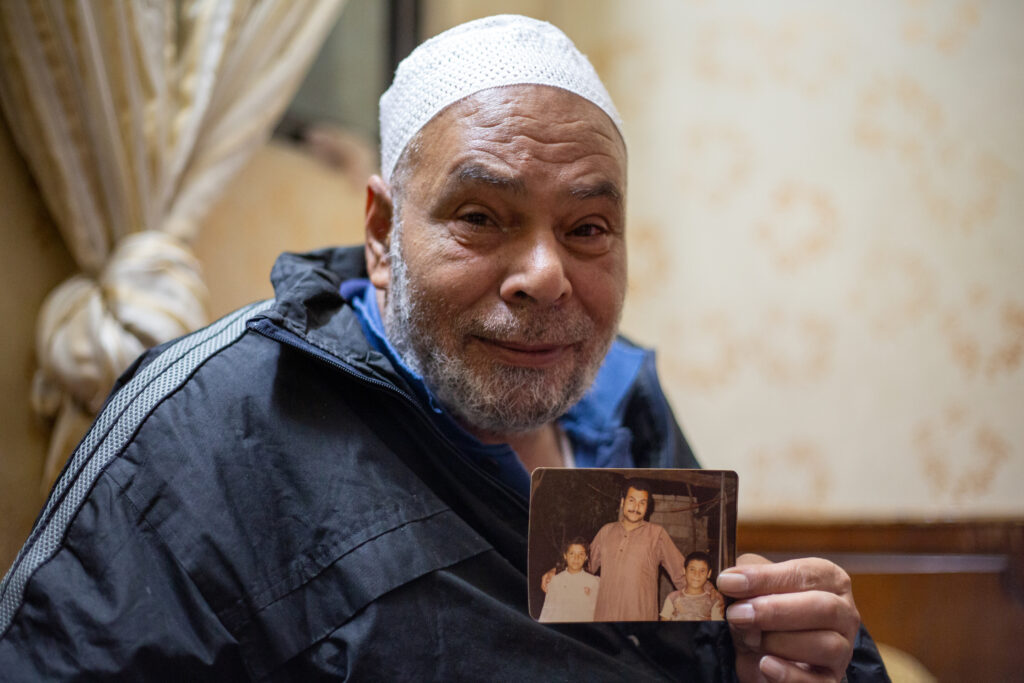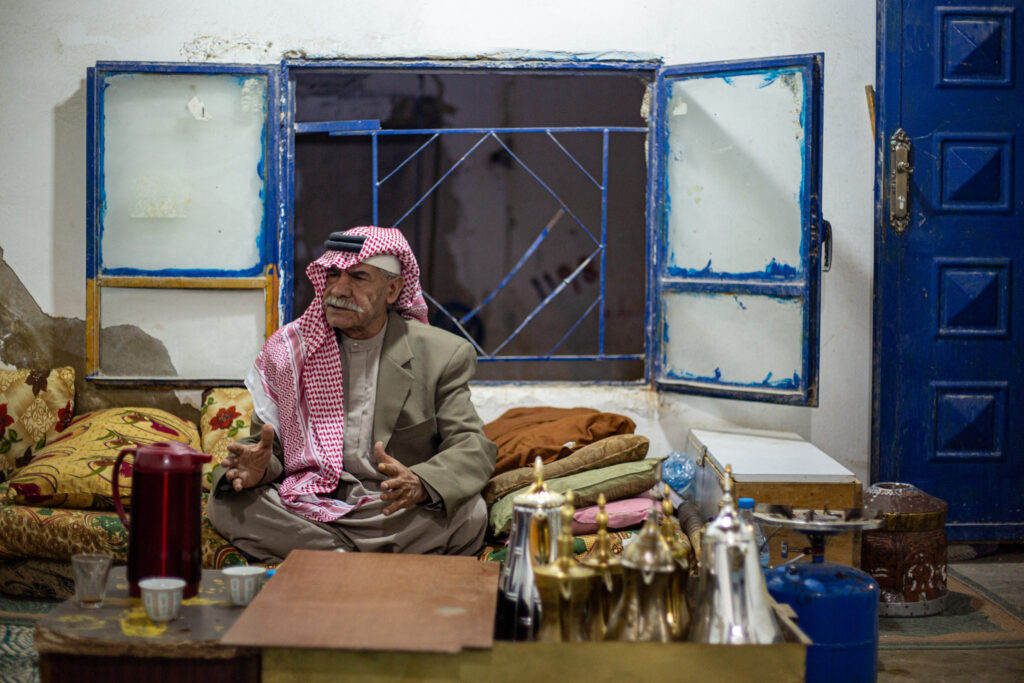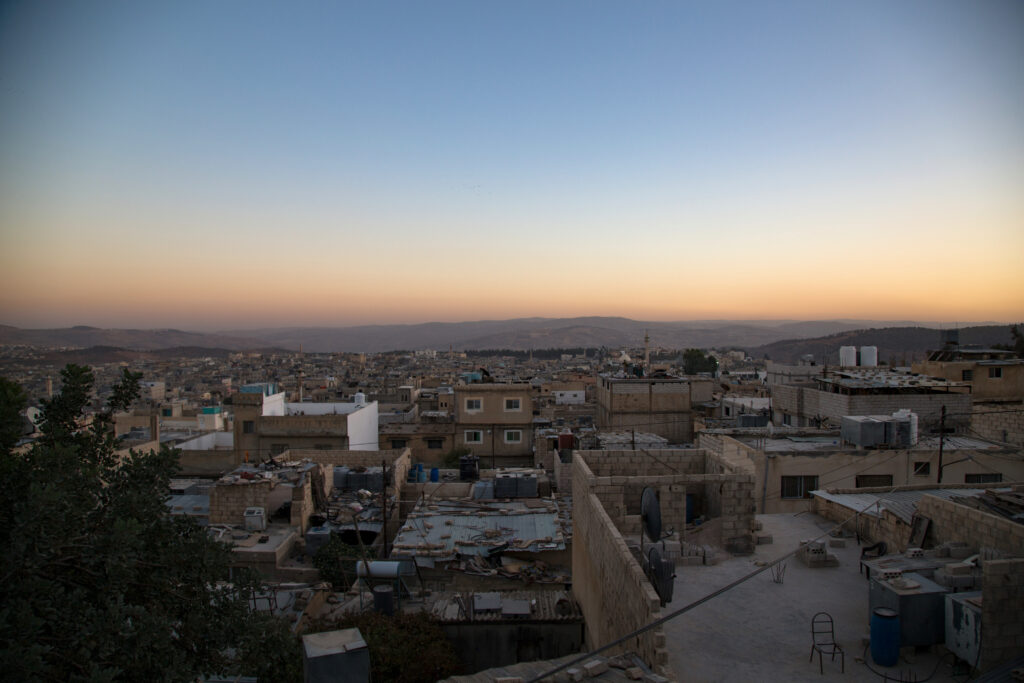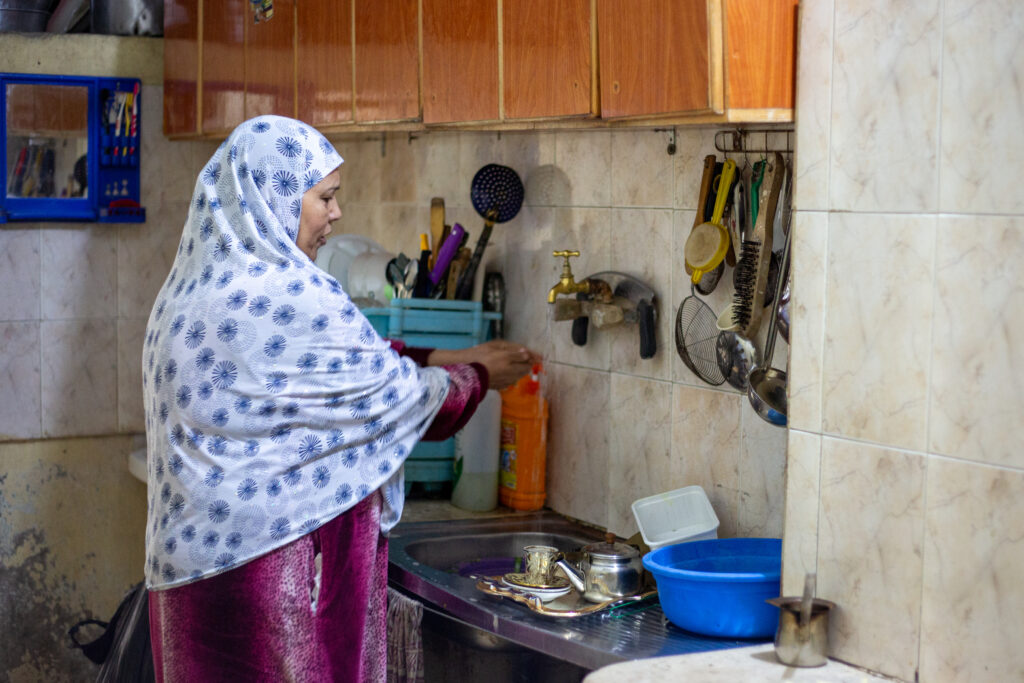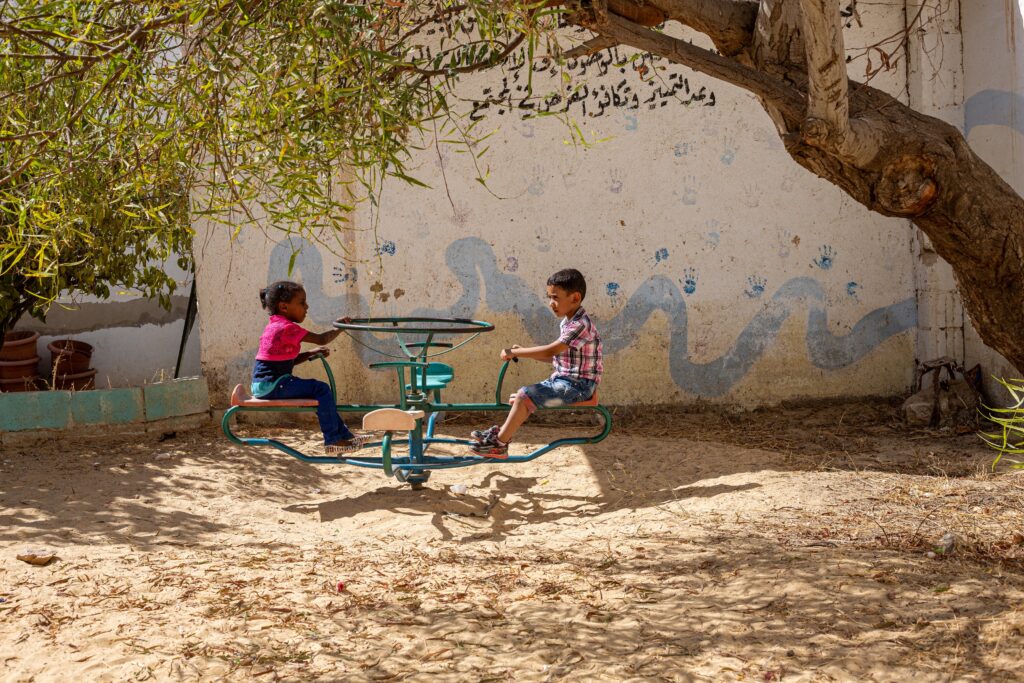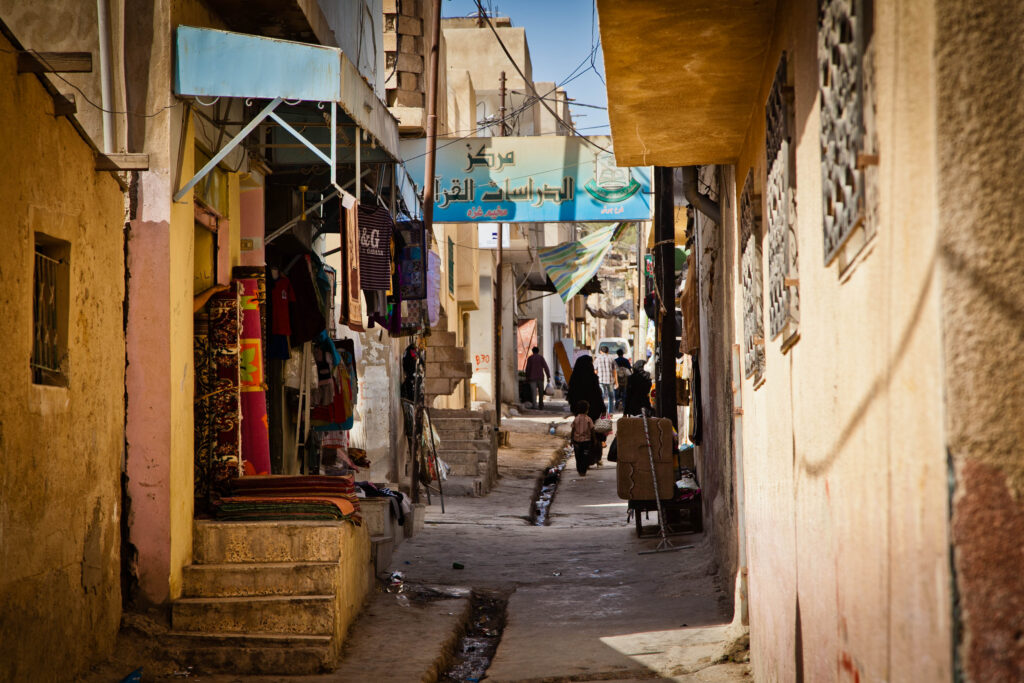Living as Stateless Palestinians in Jordan
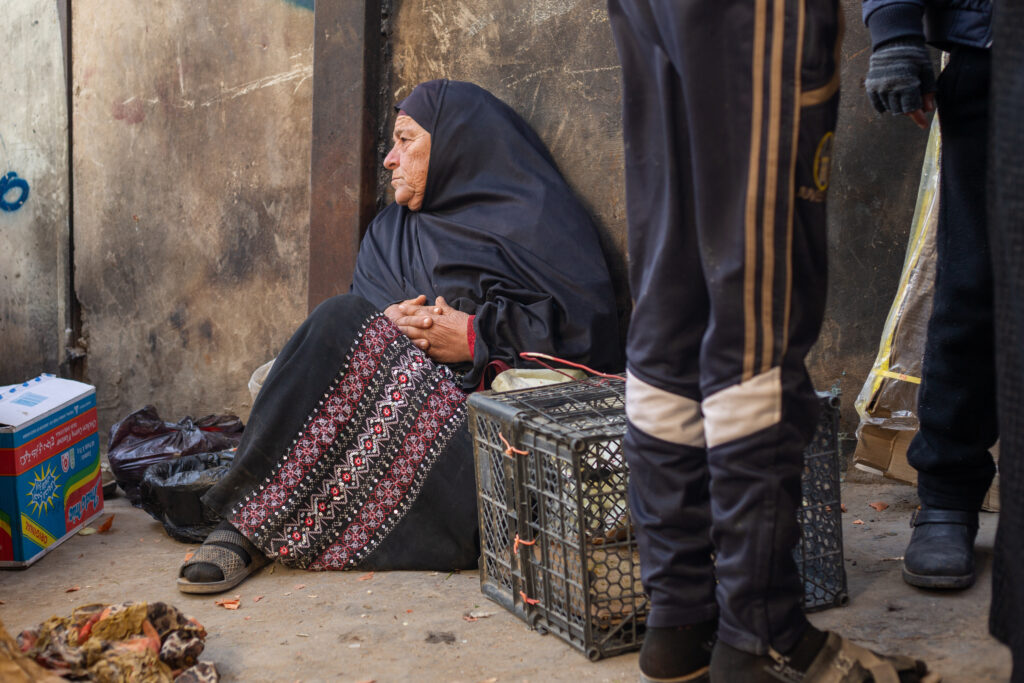
WALID’S STORY
Walid has diabetes and lives in Jordan. [1] [1] All names have been changed to protect people’s identities. Throughout his youth, the disease was manageable. He worked and took care of his 13 children without any problems. One day, however, his leg felt strange. He could sense something was wrong and worried he might get gangrene. Walid couldn’t afford health insurance, so he asked several of his sons to take him to a public hospital that offered subsidized care for the poor. When he got to the hospital, the doctors refused treatment.
The reason they gave was simple: Walid is a stateless Palestinian refugee, not a Jordanian citizen. Without citizenship, he didn’t qualify for specialized treatments or national health subsidies.
The doctors recommended he visit a private hospital. A few days later, he and his sons made the two-hour journey from the refugee camp in Jerash, where they have lived for decades, to a hospital in Amman. Fortunately, doctors agreed to treat him and were able to save his leg. They did, however, have to amputate his toe. “I was in such agony, and it cost us a lot of money,” Walid told me. “All my sons had to put their money together to pay the costs.”
A few years later, after an accident that required costly private medical treatment, Walid reluctantly stopped working. His knees hurt, and the long hours standing in his butcher shop made the symptoms worse. Now in his 70s, Walid’s mobility is extremely limited. He rarely leaves the house. He still completes his five daily prayers, but he must use a chair; the postures are too demanding.
Walid doesn’t complain about these limitations. On the contrary, he values the time he gets with his family and continues to play with his grandchildren—his greatest joy—as often as he can. But Walid still wishes he could work and support his family. Instead, he depends on his two youngest sons for income and remains frustrated with a situation that is largely out of his control. He resents his dependency and the unjust policies that have shaped his circumstances.
Walid is not alone. He’s one of about 160,000 Palestinians known as “Gazans” in Jordan dealing with the problem of statelessness. Some have been living in the Jerash refugee camp, run by the United Nations Relief and Works Agency (UNRWA), since the 1960s. The camp is home today to more than 35,000 Palestinians living under what the U.N. has called a “protracted refugee situation.”
Displaced from the Gaza Strip during the 1967 Arab-Israeli war, Gazans are part of the over 2 million Palestinian refugees in Jordan and 6 million Palestinians displaced throughout the Middle East.
Since 2006, I have studied the consequences of Israeli policies that have systematically forced Palestinians out of their homelands and denied them the ability to return. Working with Palestinians from multiple generations, including refugees displaced in wars in 1948 and 1967 and their descendants, my ethnographic research in Jordan has focused on the ongoing struggles of life in exile. I’ve come to understand more about people’s daily hardships brought by expulsion and their efforts to overcome the exclusionary policies they face while awaiting a solution to their prolonged predicament.
HISTORIES OF DISPLACEMENT
In October 2023, less than a week after Israel began bombing the Gaza Strip, the Israeli Intelligence Ministry drafted a wartime proposal to “transfer” the entire population of Gaza—2.3 million people—to tent cities in the Sinai Peninsula in Egypt. One of three possible post-war scenarios, intelligence officials considered this the best plan for ensuring Israel’s security.
Three months later, in January 2024, a new idea became public. During a party meeting in the Knesset, National Security Minister Itamar Ben Gvir and Finance Minister Bezalel Smotrich called for the “voluntary migration” of Palestinian civilians from the Gaza Strip to other countries. Weeks after the meeting, Ben Gvir and Smotrich joined nine other ministers and 15 coalition lawmakers at a conference in Jerusalem focused on the permanent displacement of Palestinians from Gaza and the return of Jewish settlements.
Recent proposals for the permanent “transfer” or “voluntary migration” of the Palestinian population are not new. On the contrary, they represent one version of an established policy of ethnic cleansing and territorial expansion that reaches back into the earliest days of Zionist colonization in Palestine. Central to this idea is the belief that the removal of indigenous Palestinians from their homeland is necessary for the security of Israeli Jews and the viability of their state. For Zionists, “transfer” thus represents a fundamental solution to the problem of establishing Jewish exclusivity in a land that is not exclusively Jewish.
Palestinians, like all people, deserve the right to decide their own fates under circumstances they determine.
After the Arab-Israeli wars in both 1948 and 1967, Israel implemented a policy of “retroactive transfer” that involved two key elements. The first was preventing the return of any Palestinian refugees after the wars. The second included both the appropriation and destruction of Palestinian homes and properties. More than the mere prevention of return, retroactive transfer was a policy enacted to establish the impossibility of return by ensuring that Palestinians had nothing to return to.
The majority of Palestinians displaced to Jordan in 1948 were granted citizenship through a 1954 amendment to nationality laws that came after the annexation of the West Bank. But those displaced from the Gaza Strip after 1967, like Walid’s family, were not. Because Gaza was under Egyptian administration until Israel occupied the territory in 1967, the Jordanian government has treated these individuals as Arab foreign residents in the country. Consequently, the government has refused Gazans many of the rights afforded by Palestinian citizens of Jordan, including equal access to health care, employment, and education—compounding the harsh conditions they already faced.
LAYLA’S STORY
Denied a permanent solution to their plight as Palestinian refugees by Israel, and denied the opportunity to enjoy the full rights necessary for establishing a basic life by Jordan, Gazans have struggled considerably since their arrival in Jordan almost 50 years ago.
Layla, who came to Jordan as a child, knows this well. Her parents were Palestinian refugees displaced to Gaza in 1948 by Zionist forces. Originally from Bir Saba’ in Palestine, they fled to Gaza hoping to return after the war but were prohibited from doing so by Israel. In 1967, just a few years after her birth, she and her family were displaced again, this time to the refugee camp in Jerash.
At the time, Jerash consisted of little more than a collection of tents for approximately 11,000 Palestinian refugees. “I remember the cold winters,” Layla told me while reflecting on this period of her life. “We lived in a tent without warmth or privacy.” She attended an UNRWA-run school in a tent packed with other children, where learning was a challenge. For the first few months in the camp, Layla said, her family didn’t have electricity. To finish her homework at night, she and her siblings relied on kerosene lamps and streetlights.
Layla, now 53 years old, is married and has three adult children. She still hasn’t left Jerash. “I have spent my whole life in the camp,” she told me.
Years ago, her husband took a job working in Gaza, where some members of his family still lived. At the time, the Palestinian Authority assumed partial control in the Strip under the Oslo Peace Accords, and Israel lifted some of its restrictions on entry. He used to spend months in Gaza then return home to his wife and children. Following the 2007 establishment of the Hamas government in Gaza, however, Israel imposed a strict blockade on the entry of basic goods and people to Gaza. As a result of the blockade, her husband cannot visit them like he used to. Now they barely see him.
Layla wanted to provide her children with opportunities that weren’t available to her or her parents. Like many Palestinians of her generation, for Layla this meant ensuring that her children acquired a university education and found stable jobs. Her daughter, Diala, did well in primary and secondary school. Gaza refugees, like Palestinian citizens in Jordan, can access primary and secondary education either through UNRWA or Jordanian public schools at no cost. Diala’s test scores were among the highest in her class—good enough to get accepted at the University of Jordan, the country’s top public institution. Without citizenship, however, Diala would have had to pay a much higher tuition rate, and she was not eligible for national scholarships.
The university also required Diala’s tuition be paid in US dollars, like other foreigners who often come to Jordan for study abroad. “I’ve been living in Jordan for 49 years. Forty-nine years and they wanted me to pay in dollars!” Layla explained. “My daughter was born here, raised and studied all of her life in Jordan, and she ended up being treated as if she’s a foreigner, not a Jordanian.” [2] [2] Children born to stateless Palestinian refugees in Jordan are not granted Jordanian citizenship.
The high costs prevent the majority of Gazans from attending national universities. Instead, many attend less prestigious private universities or a technical institute run by UNRWA. Layla’s son, Adam, for example, pursued a degree at a local private school in hospitality and tourism. Although it wasn’t necessarily the degree he wanted, Layla said he was proud of his accomplishment and confident he could secure a good job in one of Jordan’s many hotels. Only after being rejected from all the jobs he applied for did her son discover a little-known regulation that prohibits Gazans from working in hotels. Like many of the rules governing Gazans’ lives in Jordan, she said the regulation was never publicized and thus took them all by surprise.
Unable to find steady work, Adam was devastated. “That was his only dream, to finish studying and get a good job,” Layla said. “Now he’s crushed.” In between odd jobs, he wanders the streets like many of the camp youth. Unemployed and desperate for work, he spends his days hoping for an opportunity that may never come.
RIGHT TO RETURN
Today many employment restrictions for Gazans remain in place. As stateless people, they’re prohibited from employment in the public sector and face numerous restrictions on the private market in fields including dentistry, journalism, medicine, and engineering. Such restrictions have contributed to making Gazans among the poorest of all Palestinians in Jordan.
Until 2007, Gazans were excluded from government health care programs for the poor and certain treatments at government hospitals in Jordan. They had few options for addressing medical conditions that fell beyond the basic care offered by UNRWA. That’s the situation Walid had found himself in with his leg. Fortunately, the government extended national health care coverage for Gaza refugees under the age of 6 in 2007. It also extended subsidized coverage to adult Gazans for certain treatments at government hospitals, although their coverage remains limited compared to Jordanian citizens.
These are important changes that should not be diminished. Yet they are not enough. They are not enough because the fundamental problem Gazans, along with all Palestinian refugees, face is not the extension of health care programs or unfettered access to the labor market. To be sure, these are critical rights necessary for a dignified life, and they should be granted to all Palestinians, whether as citizens or as refugees.
But the rights Palestinian refugees collectively deserve are not only about the challenges of living in exile. They are about the realization of a just and permanent solution to their displacement. Palestinians, like all people, deserve the right to decide their own fates under circumstances they determine.





























